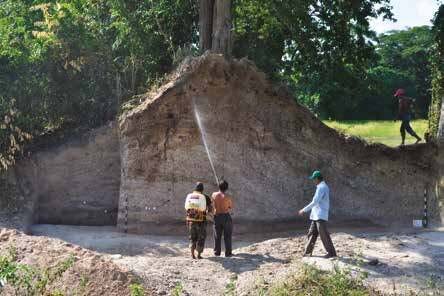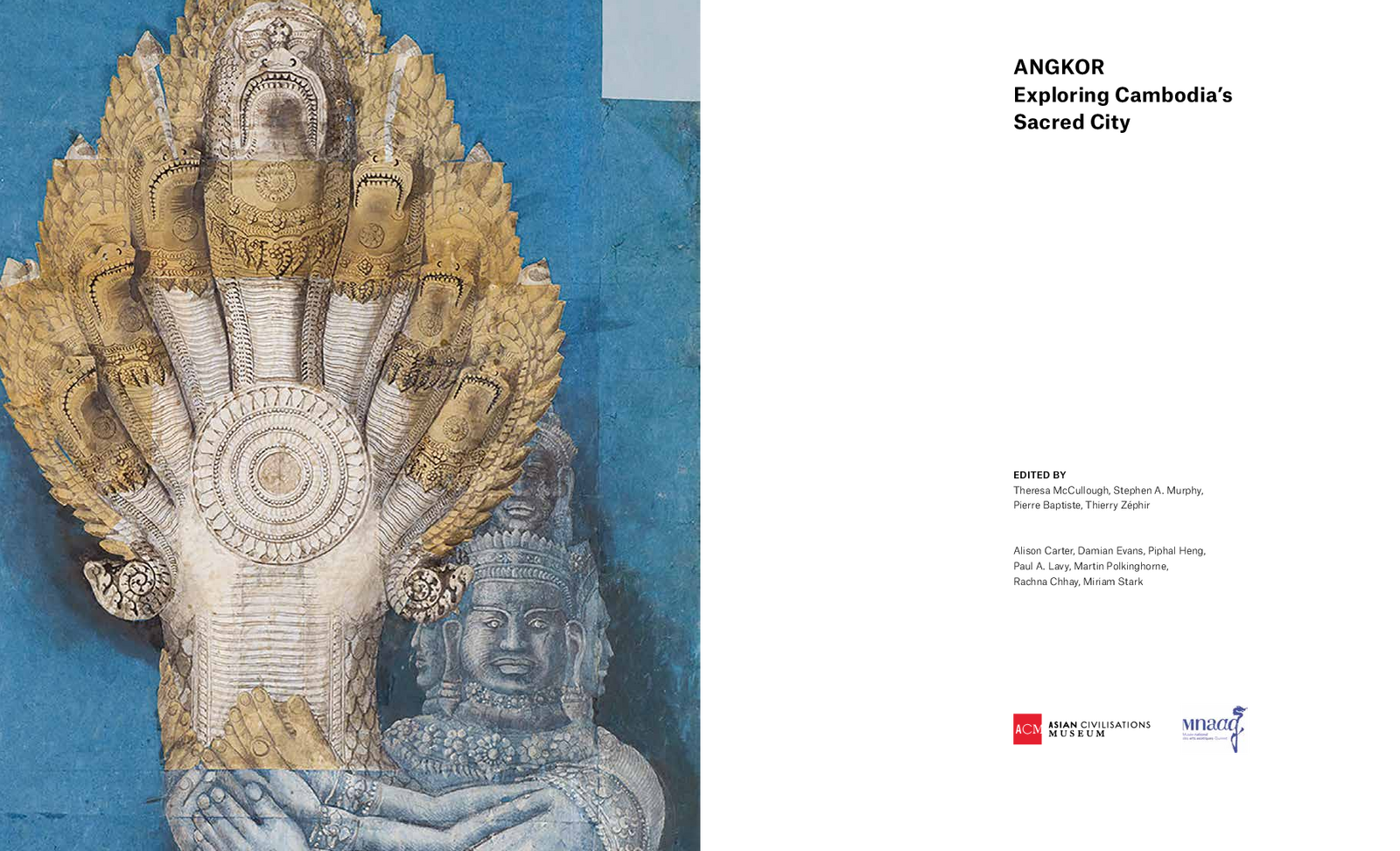Reconfiguring Kingdoms: the end of Angkor and the emergence of Early Modern period Cambodia
by Martin Polkinghorne
Spatial and methodological suggestions for a renewed study of Angkor decline and the transition to early modern Cambodia.

Published: 2018
Author: Martin Polkinghorne
Pages: 19
Language : English
pdf 1.0 MB
In this detailed survey of the Angkorian Empire last decades, the author notes:
“The last known Angkorian stone inscription linked to a construction is from the temple of Mangalartha dating to 1295; and the last inscription in Old Khmer dates to 1327. During this period there were apparently minor modifications to architecture, but by the end of the fourteenth century or before, the capability to contract vast temple production systems, from quarries to finished monuments, had ceased.”
Later on, he pleads for a bigger picture, extending research and summarization to geographical areas that have been less studied than Angkor and surrounding temples:
“Since the early years of the colonial era, Angkor has understandably been the primary focus of scholars seeking to comprehend Cambodia’s past. To understand the decline and aftermath of Angkor, historians have deconstructed Cambodian textual sources. A complementary path to the Early Modern period is to examine the immense and largely unexamined information residing in its material culture. New studies can consider communities unrecognised by histories tied to the [Royal] Chronicles. Applied at Cambodia’s Early Modern period capitals, these approaches are beginning to clarify how these settlements transformed.”
Photo: Excavation of the Longvek citadel wall, Kompong Chhnang province (M. Polkinghorne)
Tags: decline and fall, 13th century, 14th century, Tonle Sap, Mekong River
About the Author

Martin Polkinghorne
Martin Polkinghorne is a Senior Lecturer in Archaeology at Flinders University, Australia. Between 2011 and 2014, he led the Australian Research Council (ARC) Discovery project on pre-modern craft economies in Cambodia. This initiative discovered the first historic bronze foundry known in Southeast Asia and continues to excavate at Angkor.
Martin is a Chief Investigator of the ARC-funded Greater Angkor Project’s Urbanism after Angkor (14th — 18th century CE): re-defining collapse. In a complementary research program, Martin led the ARC Discovery Early Career Researcher Award (DECRA) project New Light on Cambodia’s Dark Age: The capitals of Cambodia after Angkor (1350 – 1750). Together these projects are conducting the first archaeological investigations of Cambodia’s Early Modern Period capitals on the banks of the Mekong and Tonle Sap arterial rivers.
Research of Cambodia during a time of quickening international trade reveals critical linkages between the celebrated Angkorian past and the present-day.
Martin Polkinghorne is Director of the University of Sydney Angkor Research Facility in Siem Reap, an Honorary Research Fellow of the Asian Studies Program, The University of Sydney, and a Member of the Advisory Board of Friends of Khmer Culture.

